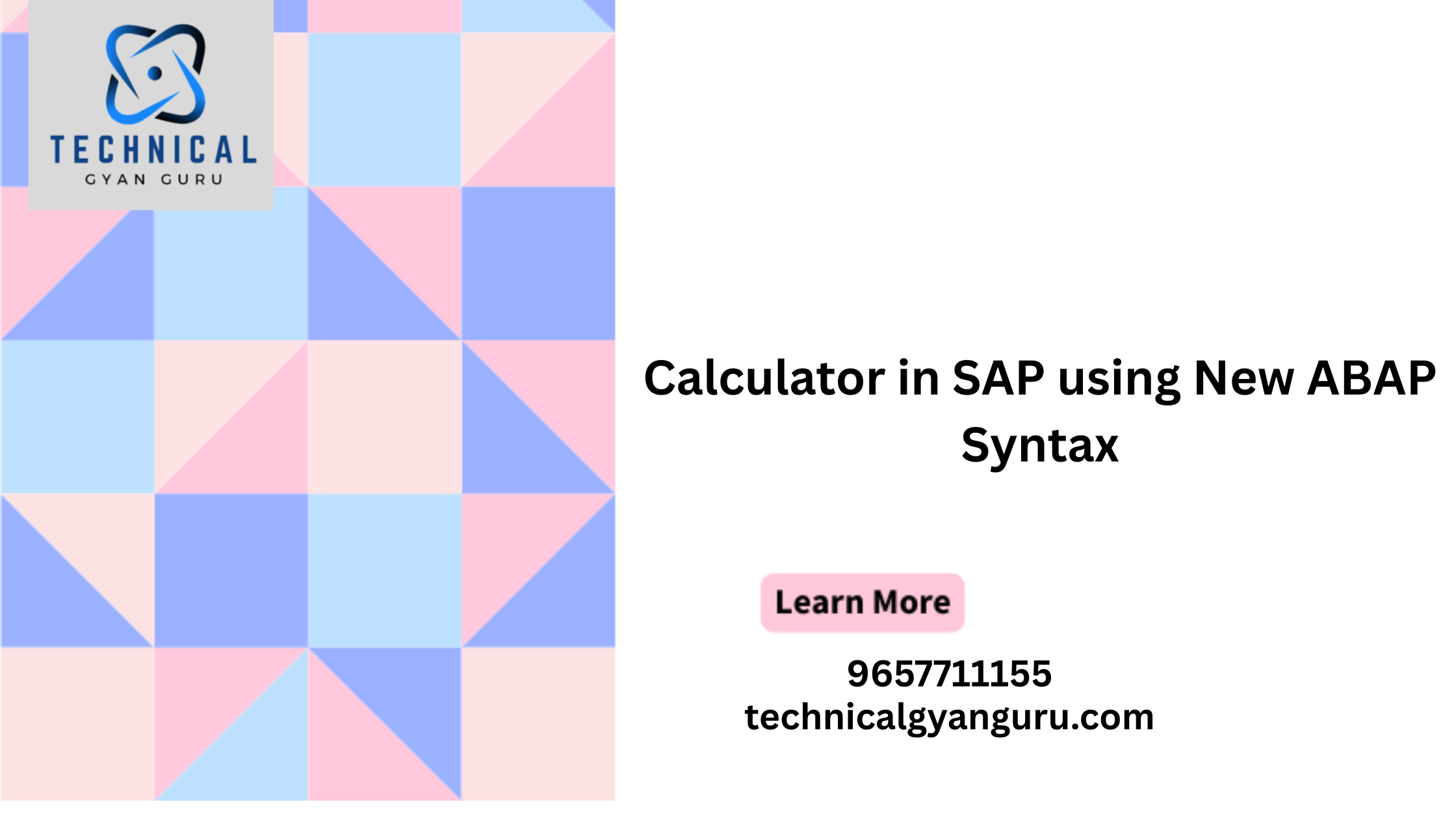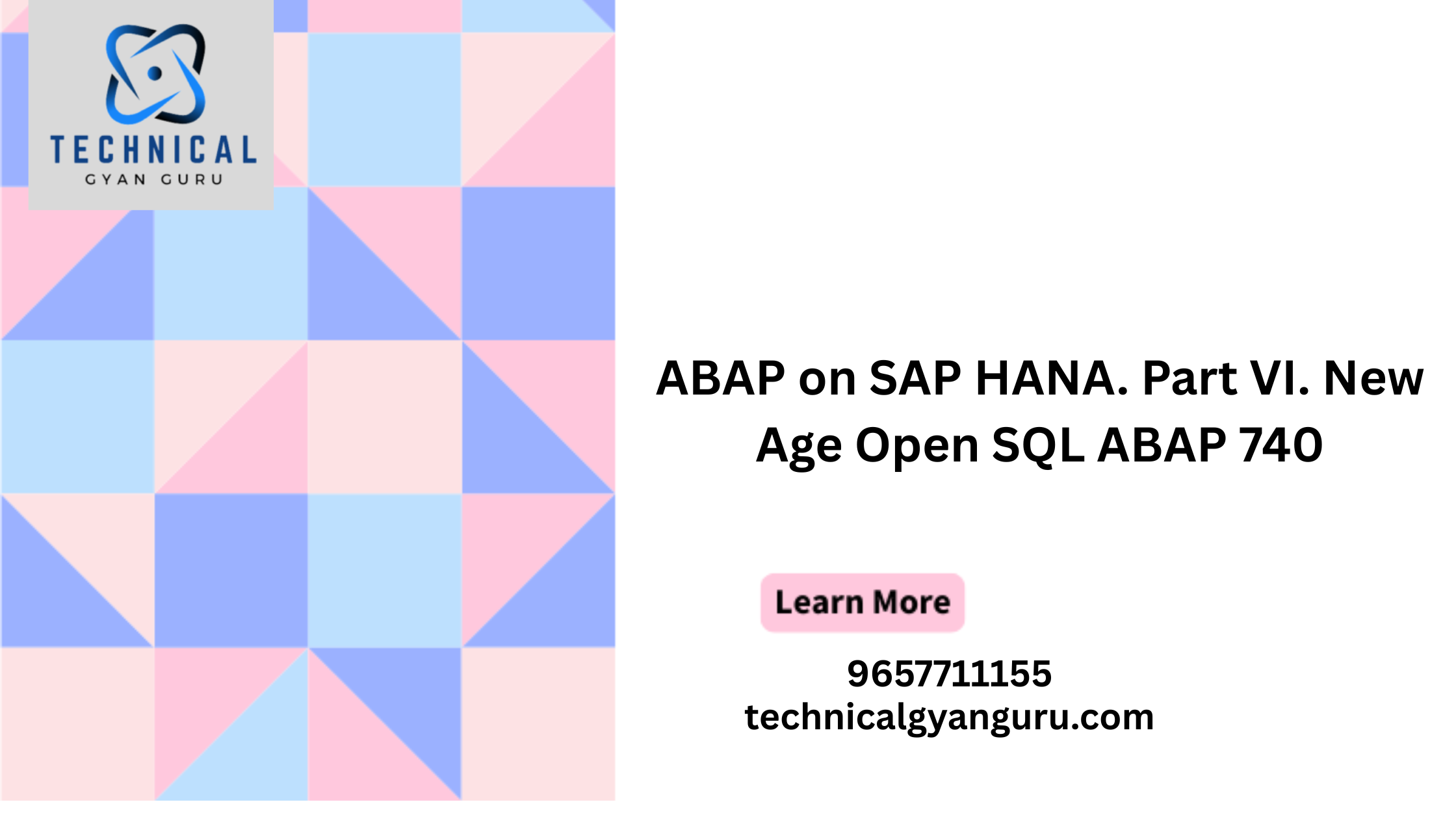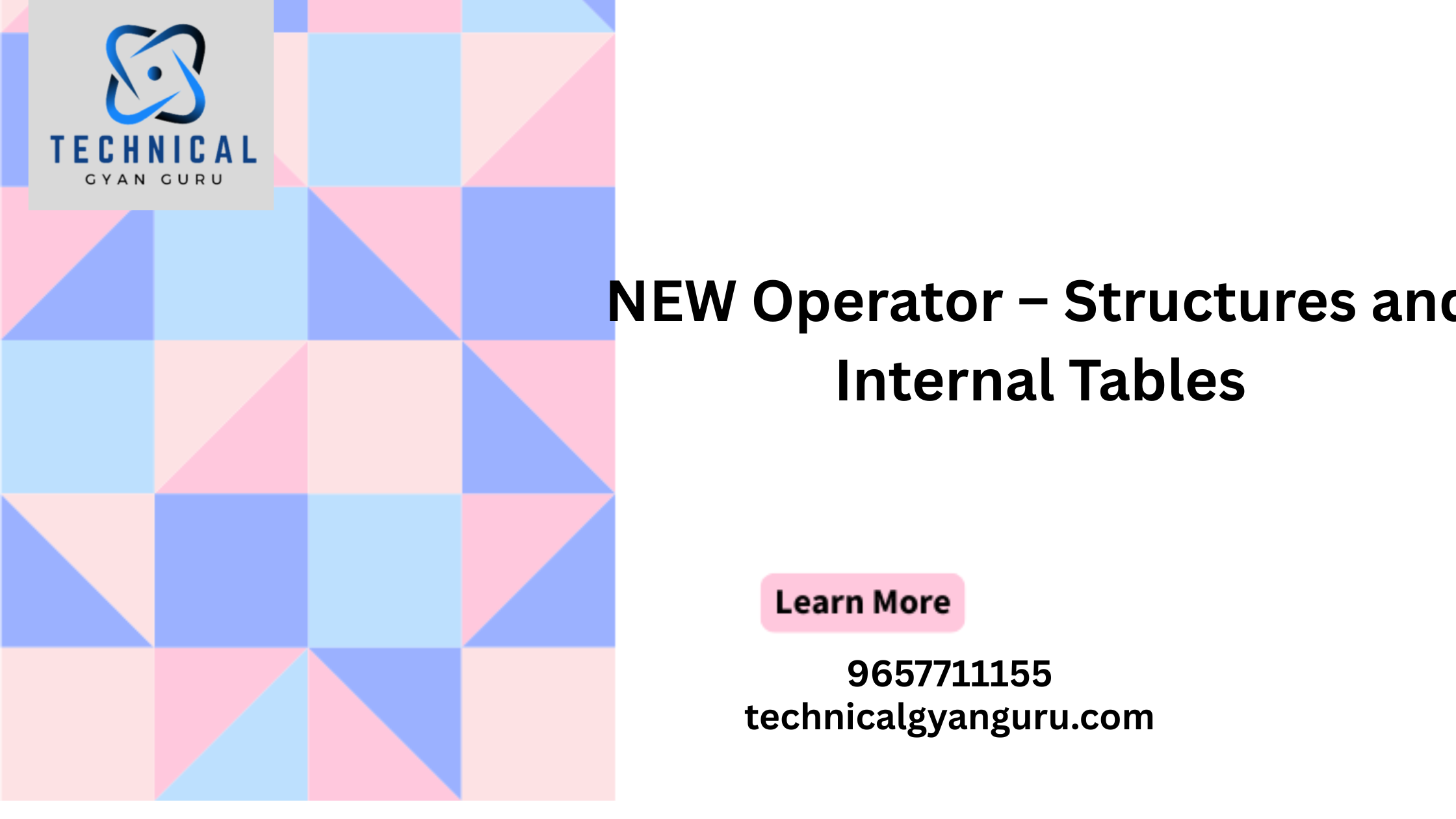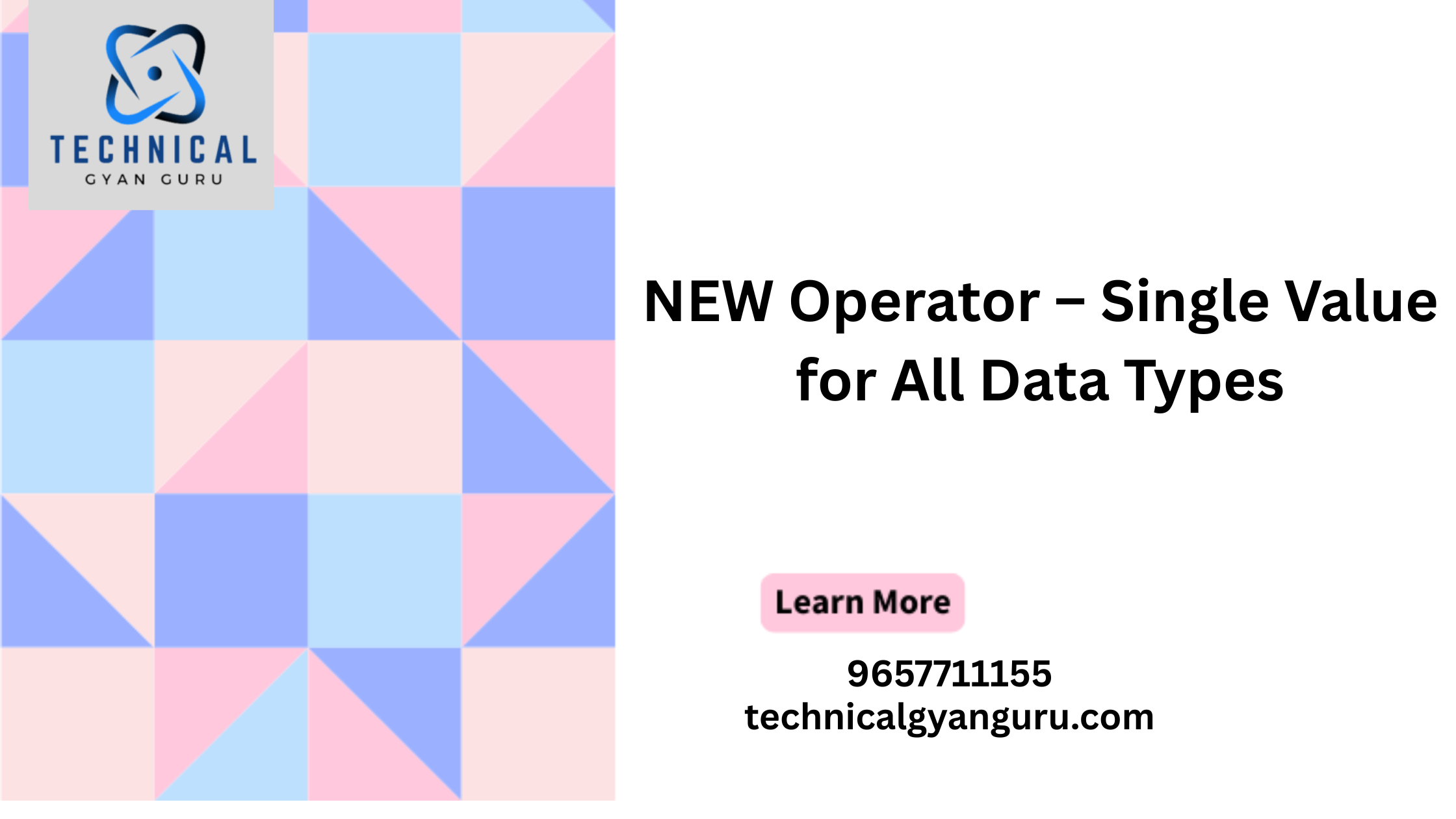Introduction: Generative AI Hallucinations
Generative AI Hallucinations : Generative Artificial Intelligence (AI) has taken colossal strides in reshaping how we interact with technology. In recent times, a captivating and somewhat mysterious phenomenon has emerged within the realm of generative AI – hallucinations. In this blog post, we will delve into the concept of generative AI hallucinations, exploring what they are, how they occur, and the implications they hold for the future of artificial intelligence.
What Are Generative AI Hallucinations?
Generative AI hallucinations refer to unexpected and surreal outputs generated by AI models, often diverging from the intended or trained patterns. These hallucinations can manifest in various forms, including images, text, or even a combination of both. Unlike traditional AI outputs that strictly adhere to the patterns learned during training, generative AI hallucinations demonstrate a capacity for creativity and deviation, giving rise to outputs that appear dreamlike or surreal.
The Mechanism Behind Hallucinations:
Generative AI hallucinations are predominantly observed in models that utilize deep learning architectures, particularly those based on Generative Adversarial Networks (GANs) or similar frameworks. GANs consist of a generator and a discriminator that work in tandem, with the generator attempting to create realistic outputs and the discriminator striving to differentiate between real and generated content. The interplay between these components can sometimes lead to unexpected, imaginative outputs, giving rise to the concept of hallucinations.
Examples of Generative AI Hallucinations:
- DeepDream Images:
- Google’s DeepDream, based on a convolutional neural network, gained notoriety for producing psychedelic and hallucinatory images. When trained on ordinary images, the model exhibited a tendency to enhance patterns it recognized, sometimes to an extreme degree, resulting in bizarre and surreal visuals.
- Text Generation Hallucinations:
- Text-based models, especially those utilizing recurrent neural networks (RNNs) or transformer architectures, may generate text passages that deviate from the training data in unexpected ways. This can lead to the creation of imaginative and, at times, nonsensical narratives.
Implications and Challenges:
- Ethical Considerations:
- The emergence of hallucinations raises ethical concerns, especially in applications where AI decisions can have real-world consequences. Understanding the extent to which AI models can deviate from their training data is crucial for responsible AI deployment.
- Unintended Bias:
- Hallucinations may also uncover biases in the training data or reveal the model’s susceptibility to overfitting. Addressing these issues is essential to ensure fairness and equity in AI applications.
- Creative Potential:
- On a positive note, generative AI hallucinations showcase the creative potential of these models. Exploring ways to harness and guide this creativity could lead to innovative applications in art, design, and other creative domains.
The Future of Generative AI:
As we navigate the evolving landscape of AI, understanding and managing generative AI hallucinations will be a crucial aspect of responsible development. Striking a balance between unleashing the creative potential of these models and mitigating unintended consequences will shape the trajectory of AI applications in the years to come. Embracing transparency, ethical considerations, and ongoing research will be key in unlocking the full potential of generative AI while navigating the intriguing world of synthetic realities.







